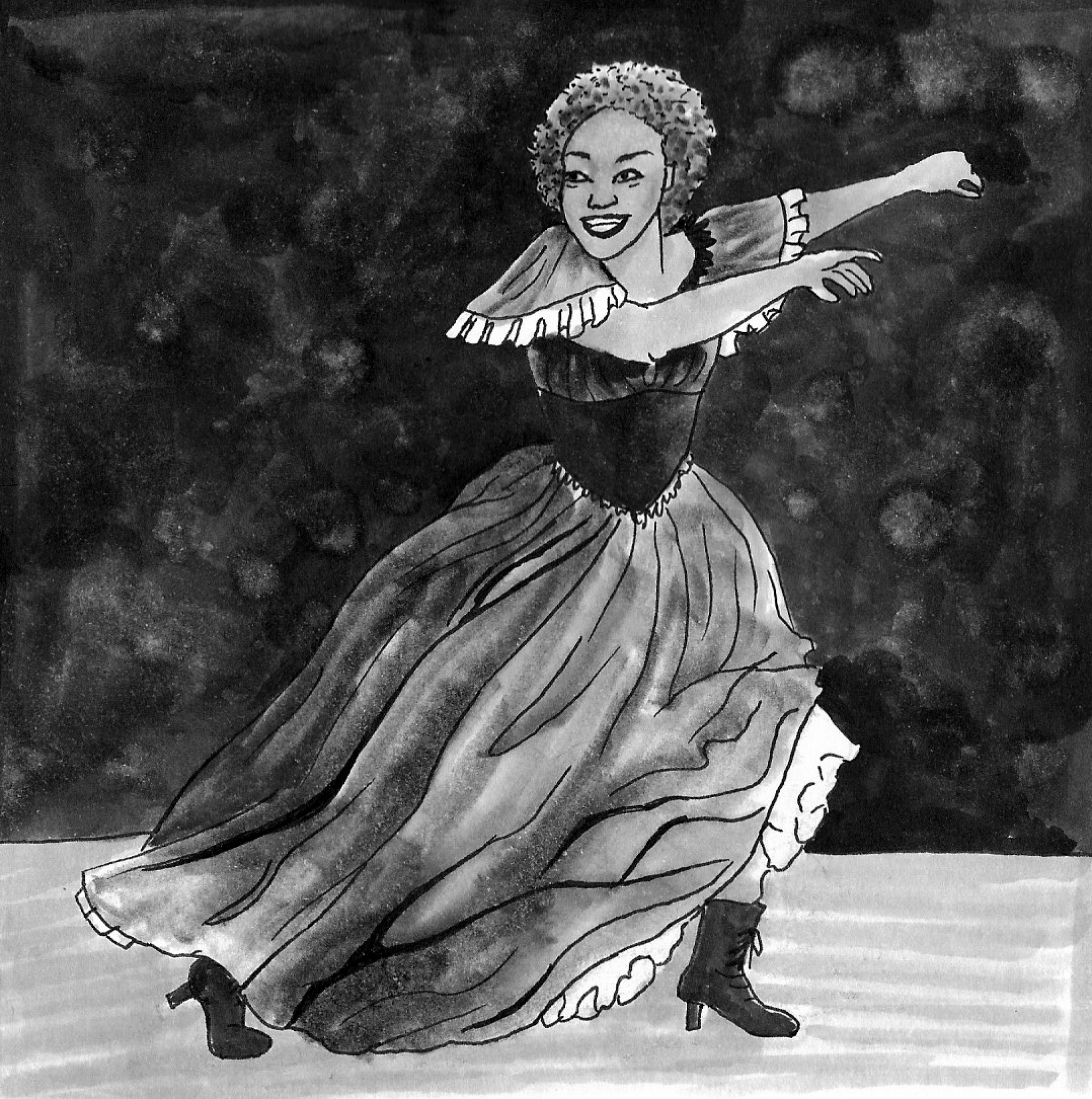In the 1860s, in the midst of the Civil War, a small neighborhood in New York was overtaken by hatred as Irish immigrants rioted over the draft and killed Black people that they blamed for their problems. This is the true story that the recent musical Paradise Square is centered around. This musical stunned audiences with its beautiful set, incredible choreography, and relevant plot.
The play was a joy to watch, but unfortunately isn’t playing anymore. It originally opened in late December, and played until March 3. Although you can’t see it anymore, it’s still important to pay attention to the story of the play and what it means for its Berkeley audience.
Paradise Square originally premiered as a four person play titled Hard Times before being picked up and expanded by a producer tied to the Berkeley Repertory Theater. There the play was expanded in order to fill out a two hour and 15 minute show. The potential for success was high, and using a budget partially funded by investors, the play was meticulously designed to be as incredible as possible. The hope was to make it to Broadway.
This attention to detail was extremely apparent in the beautiful set design. It centered around an onstage building that rotated circularly in different directions for different musical numbers. The set looked amazing, and it was impressive how the space could change so much by rotating the set slightly around the circle.
The whole story of how this play came to be and the importance around its look ties into the larger idea of the musical world. Most huge Broadway plays start in smaller theaters with less of a budget, but many of them tend to be in the New York area. The fact that this play originated in a theater local to Berkeley is often overlooked by younger audiences.
The Berkeley Repertory Theater is closer to many Berkeley High School students than the larger and more expensive theaters that most big productions play in. Theaters like the Orpheum in San Francisco are great experiences but are often harder to go to for East Bay audiences. The Berkeley Repertory Theater offers a slightly cheaper alternative with plays like Paradise Square that are still extremely high quality. Since it’s still decently expensive, it can be hard for a lot of lower income families, but there are plenty of others around the East Bay, like the Aurora Theatre or the Berkeley Playhouse.
These local theaters put on productions that are more accessible for younger audiences, while also allowing for a gateway into the theater world. Many high schoolers haven’t gone to professional plays, and local theaters can give them that experience and can possibly inspire them.
Stories like Paradise Square, which might be picked up by Broadway, show audiences the importance of local theater. They’re relevant to modern audiences and introduce some audiences to a world of theater otherwise inaccessible to patrons. Without them, plays like Hamilton wouldn’t exist, and audiences would have a lot harder time seeing anything without spending obscene amounts of money.
By supporting these theaters, people are allowing them to continue producing plays for all sorts of audiences who may not have had the opportunity to see plays otherwise. And pay attention to what they offer; it might just return to the area on a Broadway tour for a lot more money.





